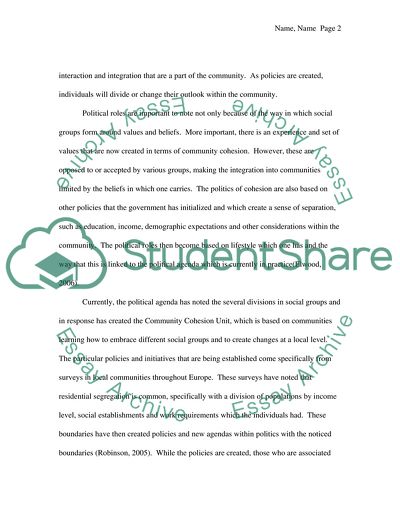Cite this document
(The Concept of Integration and Community Cohesion Assignment, n.d.)
The Concept of Integration and Community Cohesion Assignment. Retrieved from https://studentshare.org/sociology/1750020-work-in-the-community
The Concept of Integration and Community Cohesion Assignment. Retrieved from https://studentshare.org/sociology/1750020-work-in-the-community
(The Concept of Integration and Community Cohesion Assignment)
The Concept of Integration and Community Cohesion Assignment. https://studentshare.org/sociology/1750020-work-in-the-community.
The Concept of Integration and Community Cohesion Assignment. https://studentshare.org/sociology/1750020-work-in-the-community.
“The Concept of Integration and Community Cohesion Assignment”, n.d. https://studentshare.org/sociology/1750020-work-in-the-community.


